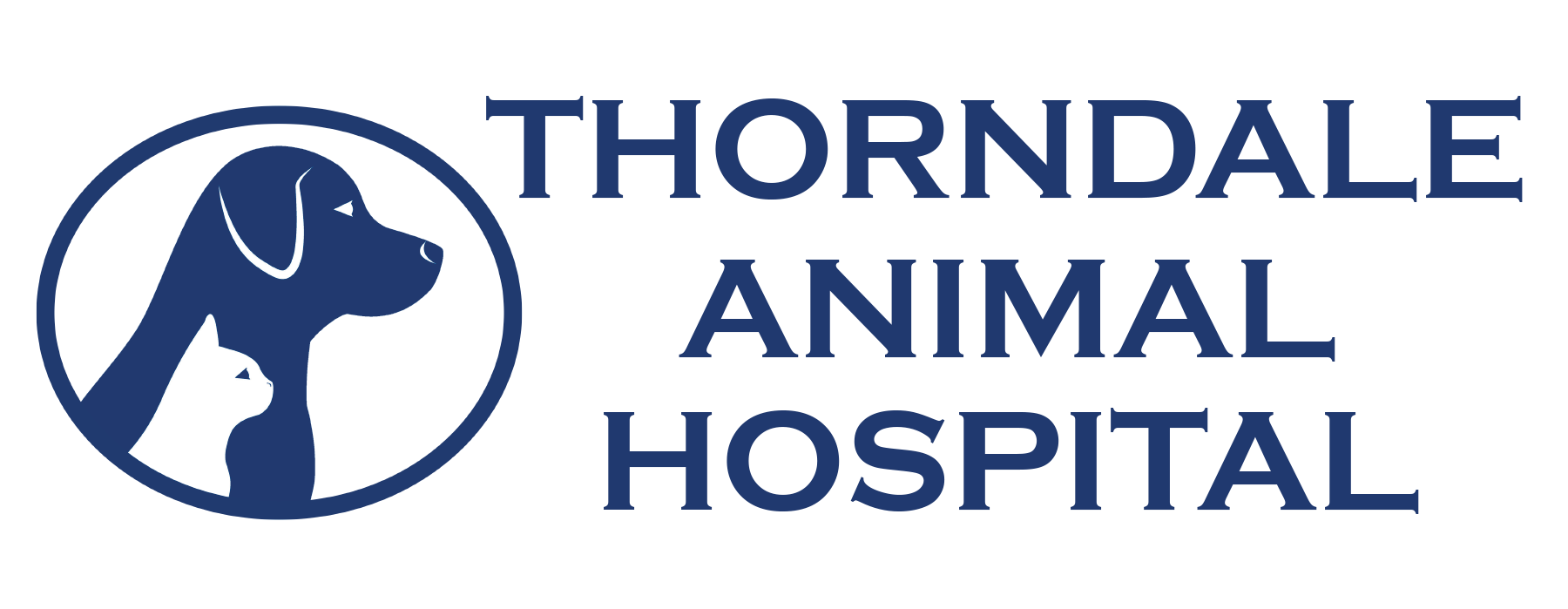Surgical Care Services
Spay and neuter
- Spaying your female cat or dog involves surgical removal of the ovaries and uterus. We typically recommend spaying at 6 months of age, prior to the start of their first heat. Certain dog breeds may benefit from being spayed at 1-2 years of age due to bone and joint development.
- Neutering your male cat or dog involves surgical removal of the testicles. We typically recommend neutering at 6 months of age. Similar to females, some dog breeds may benefit from being neutered at 1-2 years of age due to bone and joint development. In some large breed or mature dogs, removal of the scrotum (scrotal ablation) may be recommended.
Cruciate ligament repair
- The cranial cruciate ligament (CCL), known as the anterior cruciate ligament (ACL) in people, is commonly injured in dogs. It is an important stabilizing ligament in the knee. CCL tears typically occur from trauma during running and play. The ligament tear can be partial or complete, and nearby tissues can be damaged as well. Some breeds, like Labradors, are genetically prone to CCL degradation over time. These breeds are therefore more prone to CCL rupture. Dr Paul Francis performs an extracapsular repair technique called the Tightrope procedure. This involves removing damaged tissue from the joint, and replacing the ligament with an implant.
Emergency procedures
- Emergencies can happen in all sorts of ways, ranging from your dog being hit by a car, or your cat swallowing string. We encourage our clients to call us, and then bring their pet in immediately when urgent care is required. We are equipped, staffed, and trained to perform a wide variety of emergency procedures and surgeries Mondays to Saturdays during our open hours. These procedures include:
- Emergency abdominal surgery
- Stomach or intestinal obstruction
- Urinary obstruction
- Wound repair
- Caesarian section
Lump removal
- Lumps and bumps can be a problem for many pets. Some are harmless and can be left alone. Some need to be removed because they are in a bad location. Others need to be removed because they are cancerous. After a clinical examination, we assess the best way to deal with the lump. Often we recommend sending off a biopsy sample to determine exactly what the mass is. Some of the lumps we deal with include:
- Tumours of the skin and underlying tissues
- Sebaceous cysts
- Warts
Dewclaw removal
- Some puppies are born with dewclaws that are not completely attached through bone. These appendages are prone to trauma, so we recommend removal at the time of spay or neuter.
